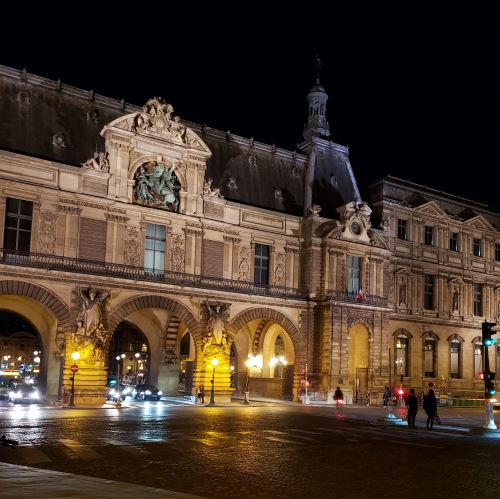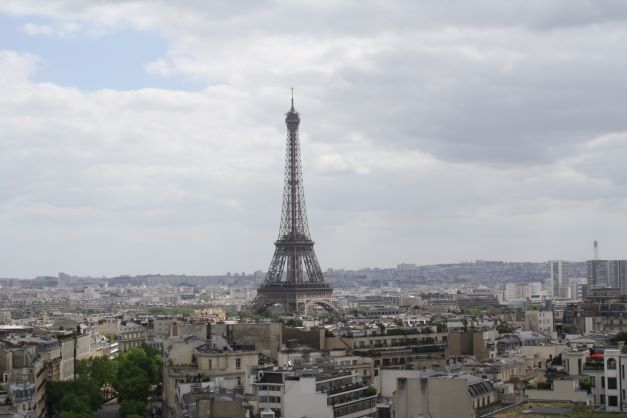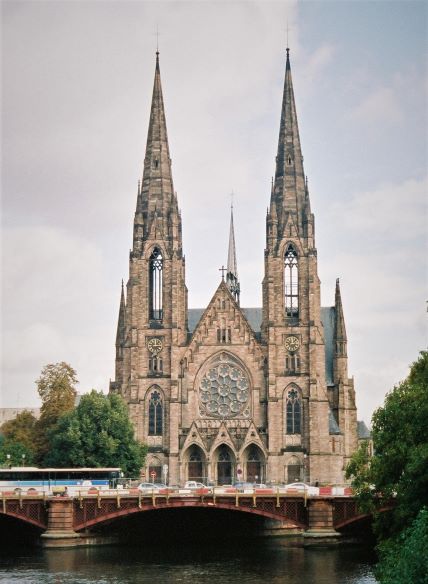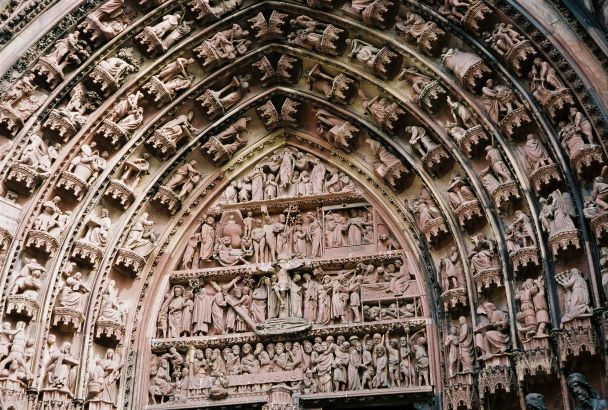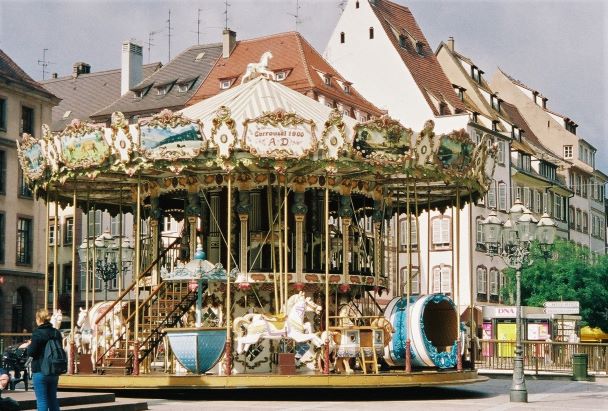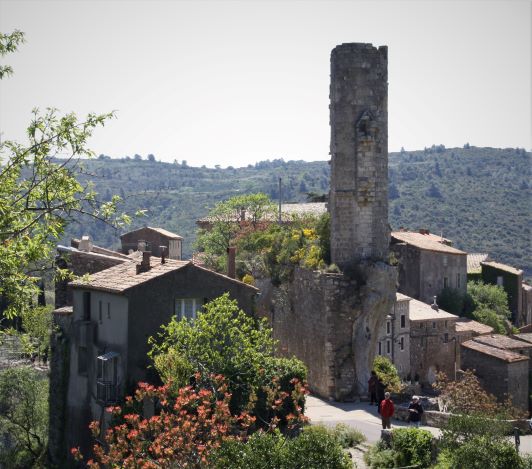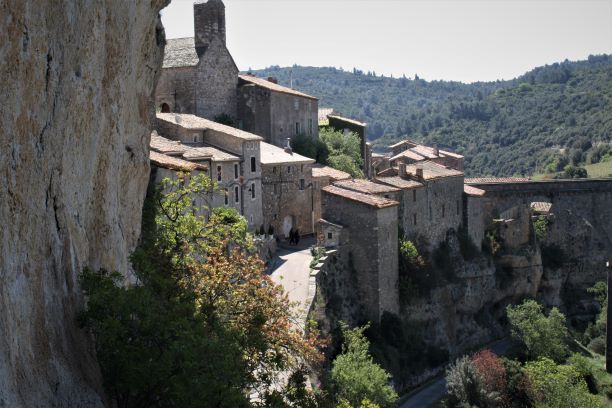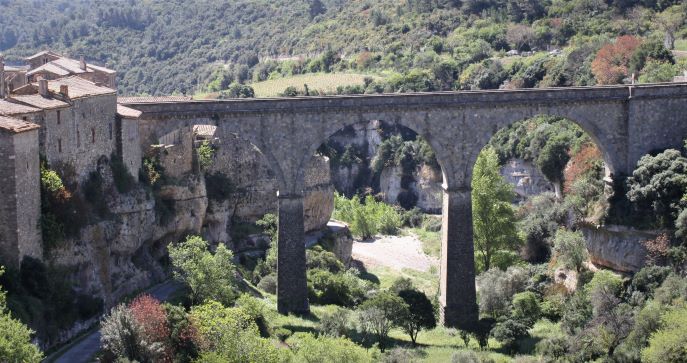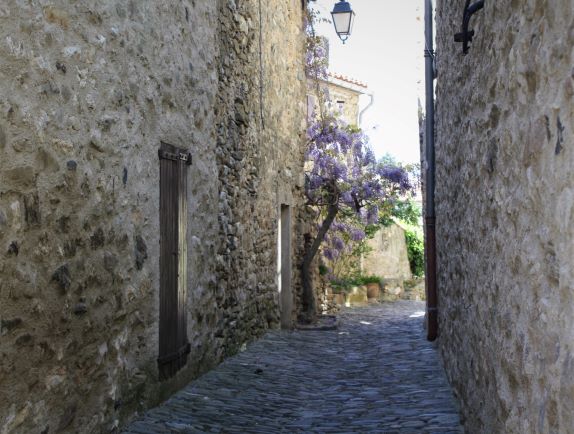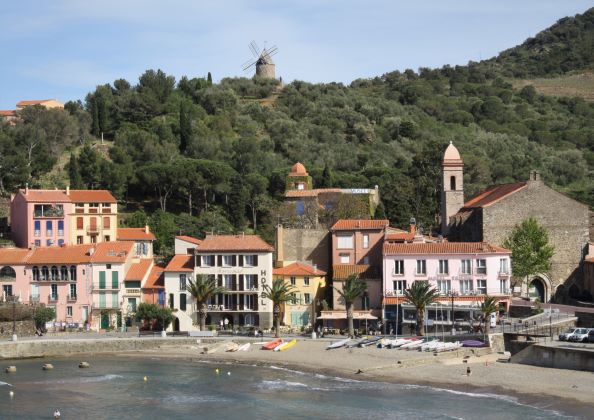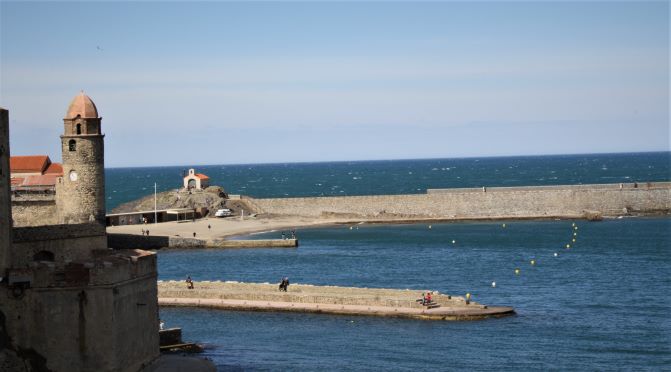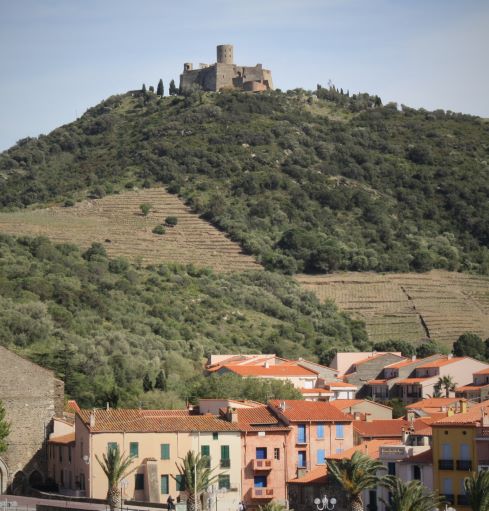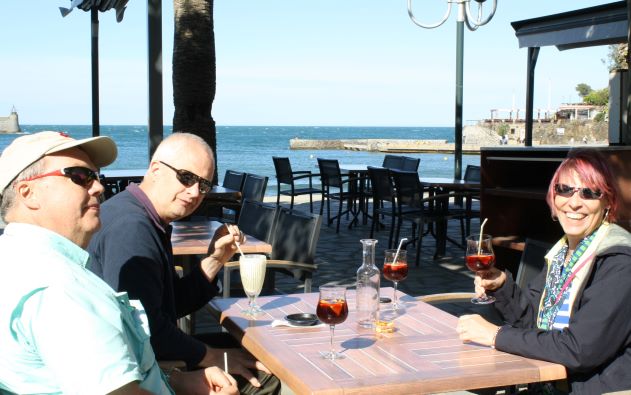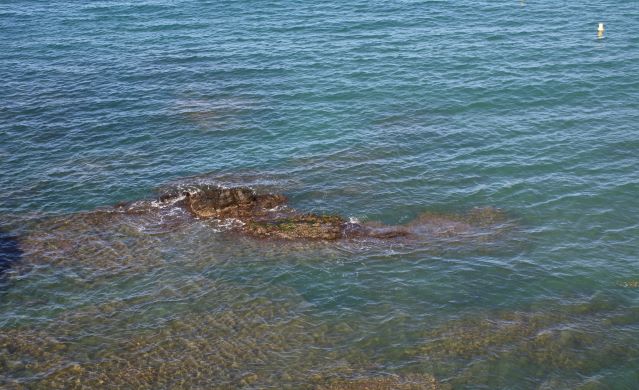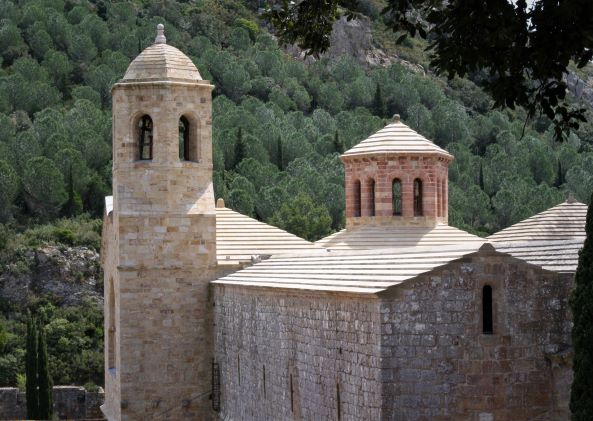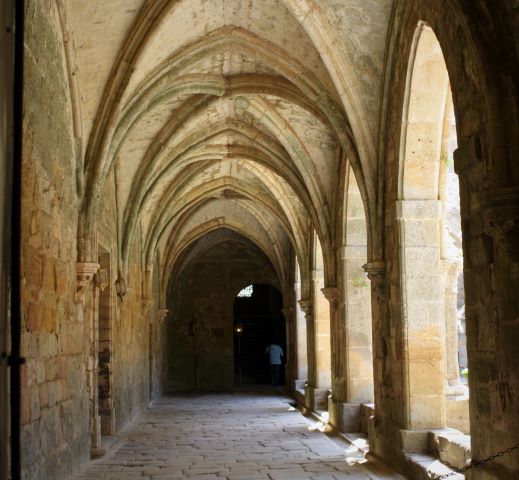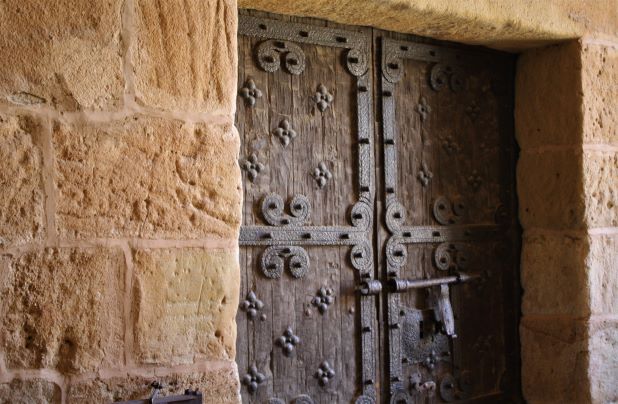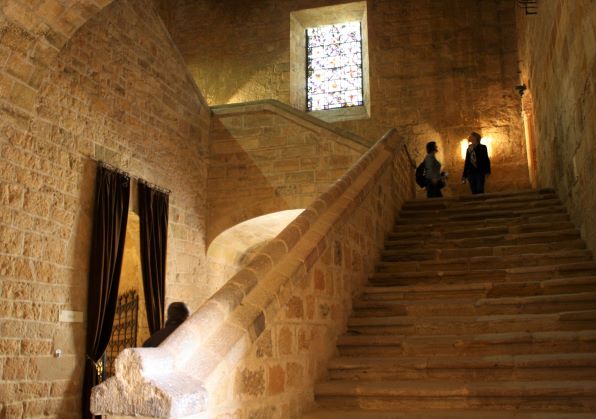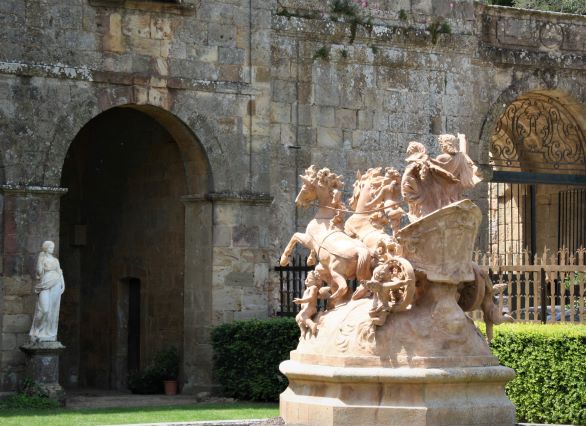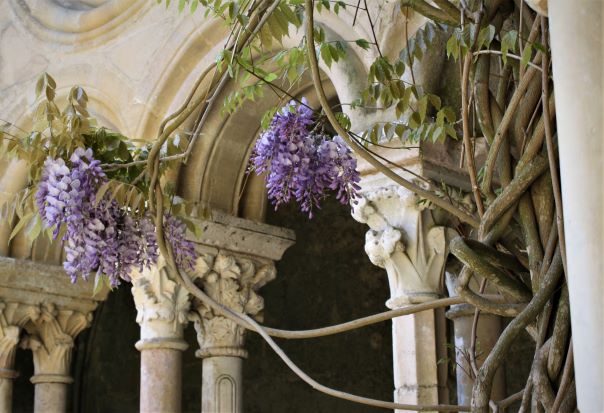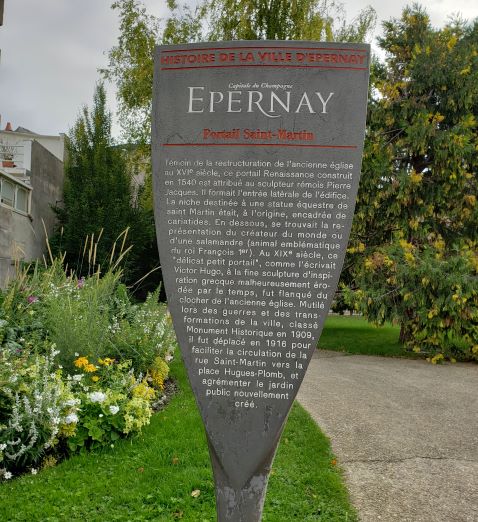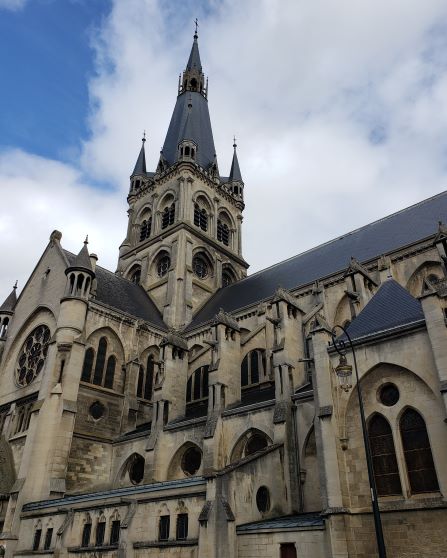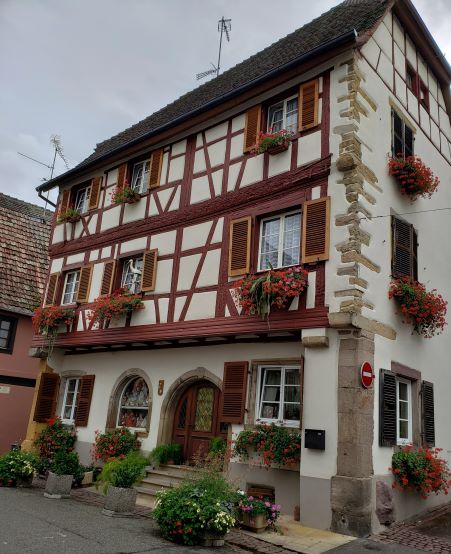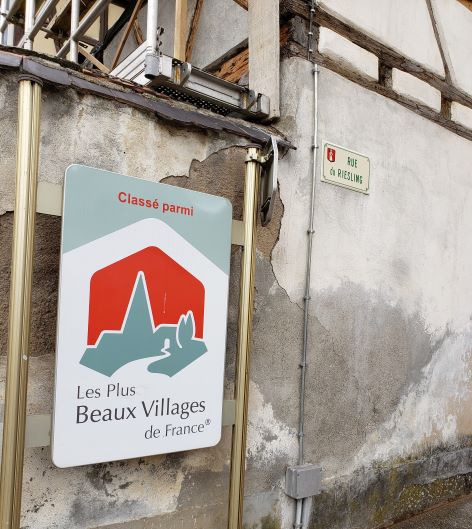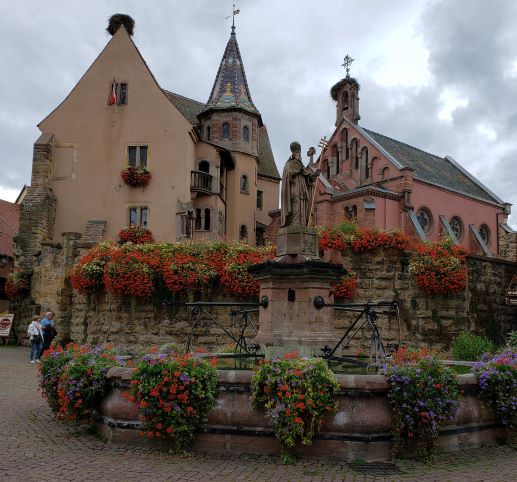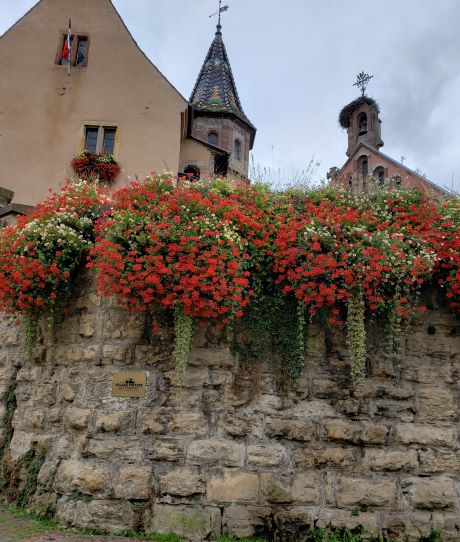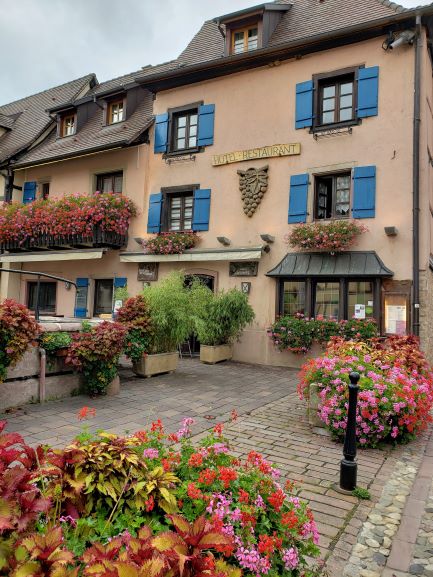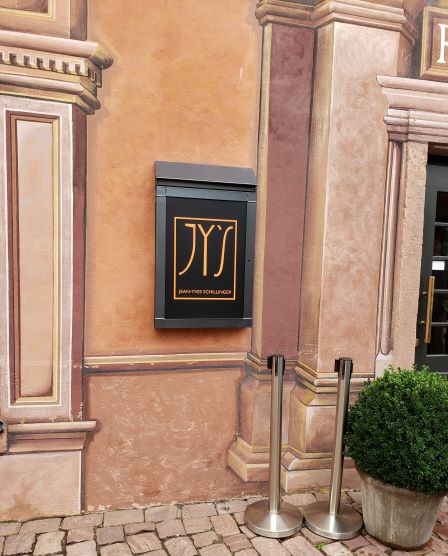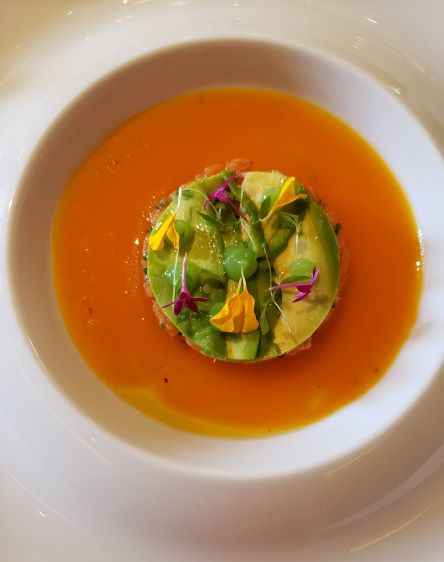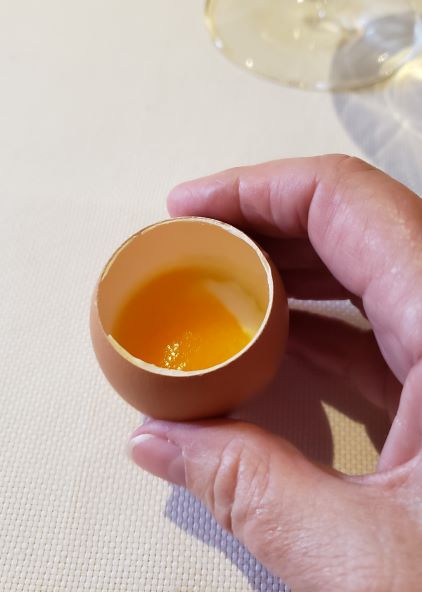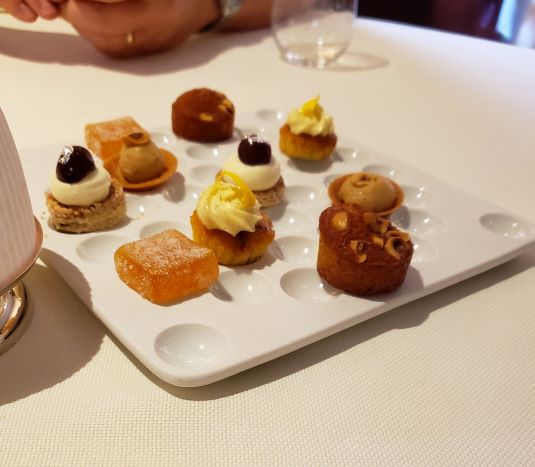Popes Palace, Avignon, France
Frist, a little history…
Much of the 14th century Italy was ravaged by wars. By 1309 Rome was basically a violent and unwelcoming city. So violent that Pope Clement V could not remain in the city of Rome.
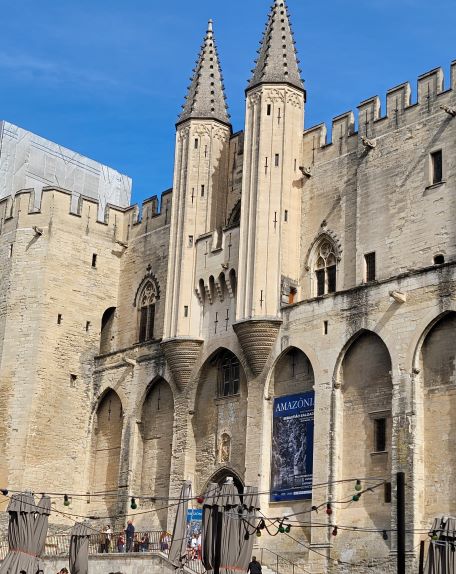
The Popes then moved the center of the Catholic church to Avignon, France from 1309 to 1377. Seven different popes were in control of the church during that time. By 1377 Rome’s atmosphere had improved that the Pope was able to return.
During their time in Avignon, Pope Benoit XII and Pope Clement VI built the largest gothic style palace and church in the world. This took only 18 years to build most of the enormous series of buildings.
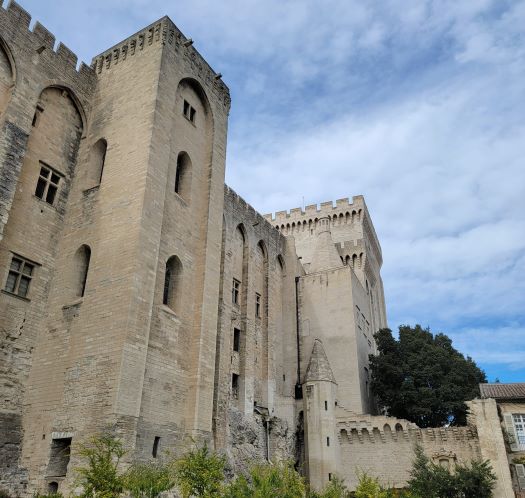
No expense was spared on building this as the Catholic church was eager to spend the money on the project. With 15,000 square meters of floor area, decorated lavishly, this was the most impressive building in the western world at the time it was completed.
In 1378 the French cardinals objected to a new Italian pope and they established an alternate pope in Avignon, Pope Clement VII. He reigned until 1394 and was succeeded by Pope Benedict XIII. These two were known as the Anti-Popes, dividing the Catholic church until 1403.
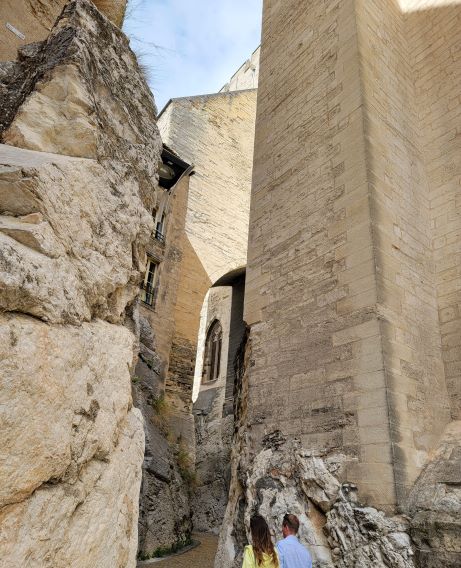
By the 15th century, the Popes Palace fell into disrepair for several centuries. After the French Revolution, the palace was used as a military prison. Since 1906 the palace has undergone major restoration.
To visit…
Spend at least an hour, more if you can, to wander through the 15,000 square meters of amazing space. Look up at the Department of Archives. It’s 52 meters up.
Enter the Popes Palace through the Porte des Champeaux, the main entrance in the middle of the front. The two turrets on either side are new since the originals have long since collapsed. There are two courtyards. The Great Courtyard, La Cour d’Honneur, and the Small Courtyard. You will see the New Palace with its Great Chapel and the Great Audience Hall.
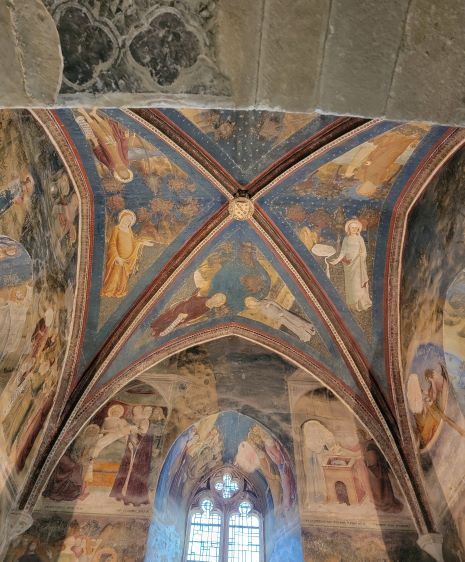
A total of 25 rooms are open to visitors. Soaring architecture, frescoes, wall coverings, mosaic tiles, paintings, a pope’s personal chambers, and more are sites you don’t want to miss. The Papal Throne in the Popes Room is a careful copy, but still impressive. There are tombs of some Popes, a grand staircase, and so much more. Check out the watchtowers, marvel at how they built 10-foot-thick walls, and take extra time to make your way down some impossibly steep stairs to one of the gardens. Going back up is almost more challenging as you climb a narrow tower to the level above.
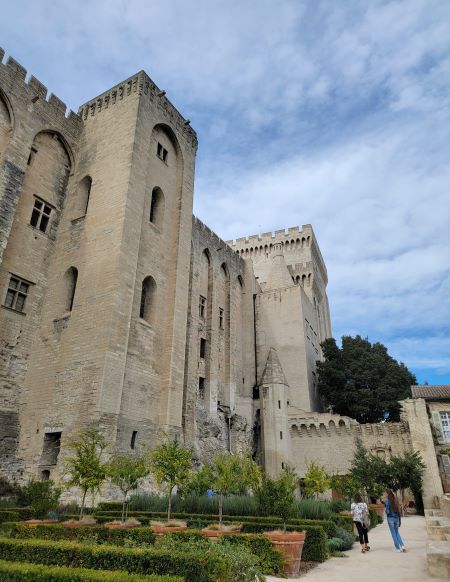
Some rooms even have computer screens depicting what that room would have looked like back in that time period.
Prebook a guided tour to avoid the crowds and the lines if you go during a busy time of year.
Classified as a UNESCO site in 1995 the Palace of the Popes is one of the 10 most visited sites in France.
If You Go: The Palace of the Popes is located at Pl. de Palais, Avignon, France
